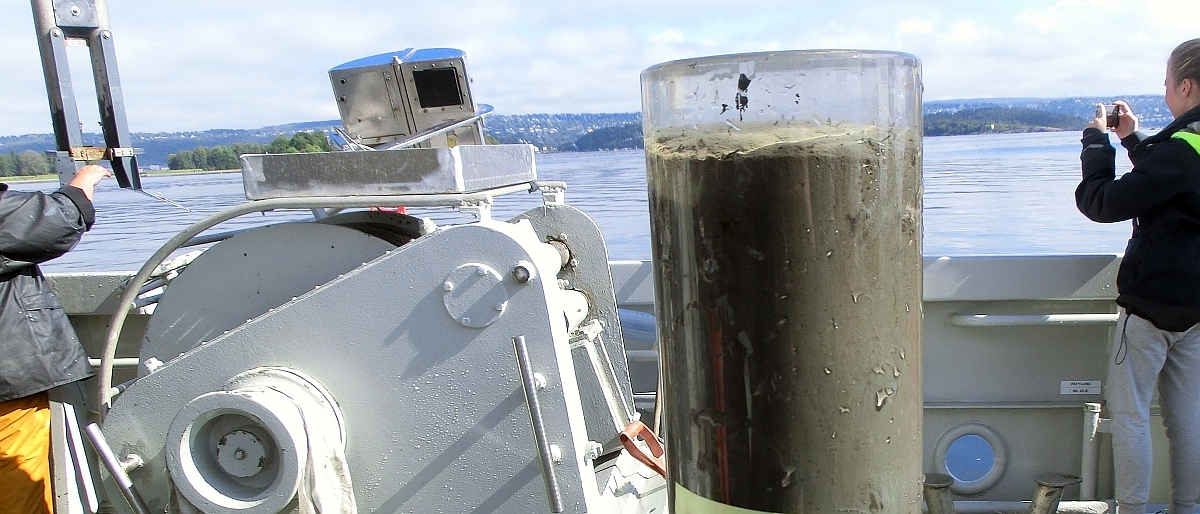
The Section for Environmental Geosciences carries out research and teaching within transport and spread of pollution, palaeoenvironment and palaeoclimate and biogeochemistry. In our fields, fieldwork and laboratory experiments are often used, and we construct mathematical models and use numerical calculations to better understand environmental changes. We participate in two research groups; environmental geology and CO2 storage, but our researchers participate to a large extent across research groups and disciplines at the department as well as external partners.
About us
Visiting address: Geology building, Sem Sælands vei 1, Blindern, Oslo
Laboratories and infrastructure
Head of Section
All staff members
Environmental Geology
Environmental geology is linked to a sustainable utilisation of the Earth's resources and interactions between people and nature, and the effect of natural and man-made environmental changes from local to global scales. In our research, we seek to increase knowledge about natural and man-made biogeochemical and complex linked processes on the Earth's surface and in the bedrock. We also research paleoclimate and paleoenvironment, where we look at changes in microfossils under different environmental conditions at different times.
CO2 Storage
Storage of carbon dioxide (CO2) in the subsurface can be an important strategy for reducing emissions of climate gases to the atmosphere from large point sources. The aim of this group is to research on safe and efficient storage of CO2 in rock formations on the seabed and other geological environments. We cover several projects and contribute to FME-centres to gain knowledge for future CO2 storage.
Participation in FME Centres
The research group for CO2 Storage/GEO and several of our researchers participate in Centres for Environment-friendly Energy Research (FME) for research on CO2 storage in geological formations.
We participate now in: NCCS – 2016-2024
Participated in: SUCCESS – 2010-18